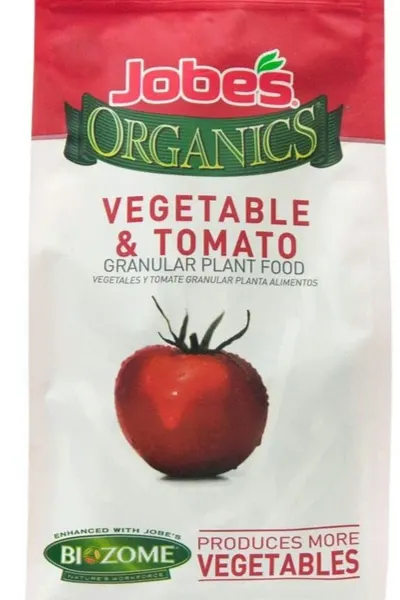One of the biggest secrets to growing big, healthy, and productive tomatoes is knowing how and when to fertilize your plants.
Tomato plants are heavy feeders from the soil. And unfortunately, no matter how rich and fertile your soil might be, they can quickly deplete it’s nutrients.

That is why fertilizing plays a vital role in a tomato plants overall health and vitality. And of course, at harvest time, helps create a more bountiful harvest.
But as you will see below, the secret to success lies is knowing when to fertilize, and just how much to use on your plants. And in addition, when to stop fertilizing all-together.
How & When To Fertilize Tomato Plants
Tomato plants benefit from fertilizing at several key points of their life cycle. Here is a look at just when and how to fertilize tomato plants.
Fertilizing Tomato Seedlings
For those that start their own seeds indoors, it is a great idea to fertilize lightly from the get-go.
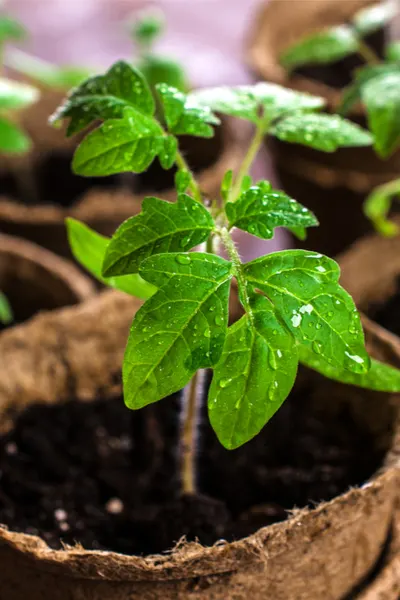
This can be done easily by adding worm castings or slow-release organic fertilizer to the seed-starting mix when planting. It can also be provided when watering seedlings with a weak mixture of compost, worm casting, or liquid fertilizer tea weekly when seeds mature beyond the 4 week mark.
For those that purchase transplants from their local greenhouse or garden center, chances are the plants have been fertilized a bit already. But giving them a weak dose when you bring them home is a great idea. (See : How To Make Compost Tea)
Fertilizing Tomatoes When Planting
Giving plants a boost of slow-release fertilizer at planting time is extremely important. During their first 4 to 8 weeks in the ground, tomatoes need a slow, steady diet to build a strong root structure.
The best way to do this is to fill planting holes with a power-packed punch of nutrients. Begin by adding in a few cups of compost to each planting hole.
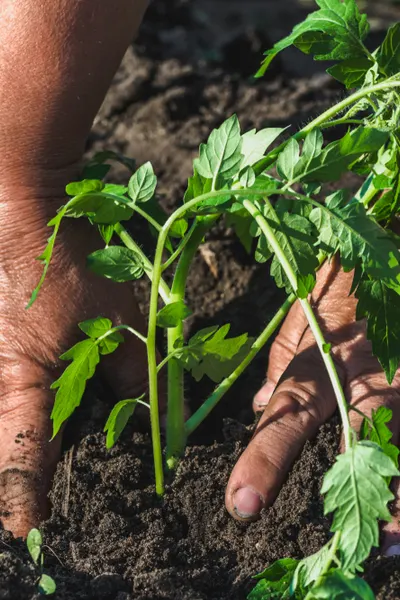
Compost is filled with a great balance of nutrients that release their power slowly over time. Likewise, adding in 1/4 cup of worm castings to the planting hole provides even more long-term, slow-release nutrients.
If you don’t have compost or worm castings available, you can also use an all-purpose, organic, slow release fertilizer. See: Jobes Organic Tomato Fertilizer
Fertilizing Growing Tomato Plants
Once transplanted, young tomato plants need a few weeks to adjust to the soil before fertilizing again. The shock of transplant can be hard on plants, and adding fertilizer too early can actually harm them.
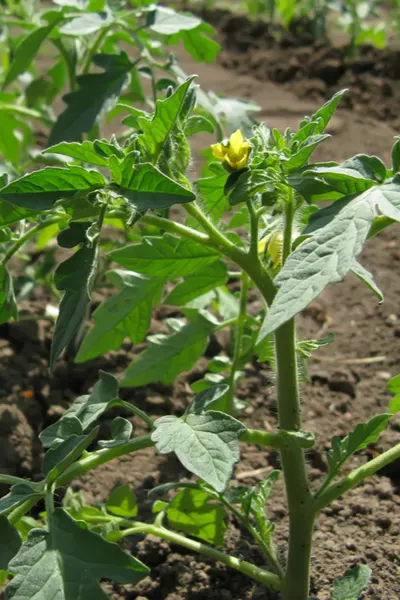
Once tomatoes have been in the ground for 3 to 4 weeks, it’s time to start fertilizing again. At this point they are established, and ready to take off.
The key when fertilizing growing tomato plants is to add nutrients in a low and slow method. Adding too much fertilizer all at once can create major long term issues.
For one, using too much fertilizer can burn and damage plants. But it can also put the plant into overdrive producing only foliage and growth – and not blooms.
Using a liquid fertilizer like compost or worm casting tea every 14 days is the way to go. Fertilizing tomato plants with liquid helps in two distinct ways, absorbing nutrients through the plant’s roots, and the leaves.
Again, if compost or worm casting tea are not available, you can use liquid organic fertilizer as an alternative. Use the fertilizer at half of the recommended strength every two weeks. This helps keep a slow, steady supply of nutrients coming to the plants.
When To Stop Fertilizing
Although tomato plants benefit greatly from fertilizer, as mentioned earlier, too many nutrients can be a problem. And that includes fertilizing too late in the growing season.
As soon as plants have begun to set a large portion of their fruit and harvesting is about to begin in earnest, fertilizing should cease.
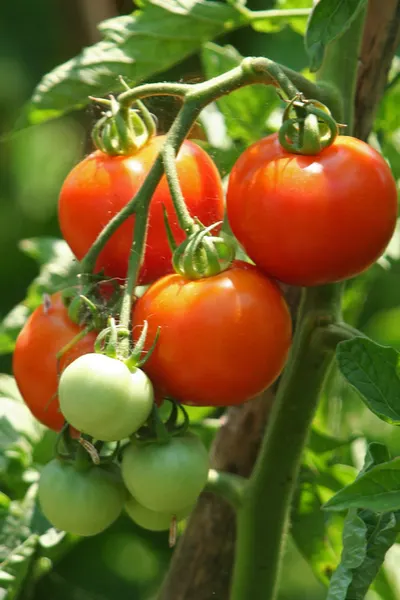
Fertilizing late in the growing season can cause plants to stop producing blooms to concentrate on more foliage growth. In addition, the fertilizer is simply not necessary nor helpful to creating more blooms.
One final way to help your plants produce more is to pick ripe fruit daily. By picking on a regular basis, nutrients can go toward helping new fruit develop instead of over-ripening old fruit.
Here is to fertilizing your tomato plants this year for a bigger, better harvest!

This Is My Garden is a website dedicated to spreading the love and knowledge of gardening around the world. We publish two new garden articles each week. This article may contain affiliate links.

